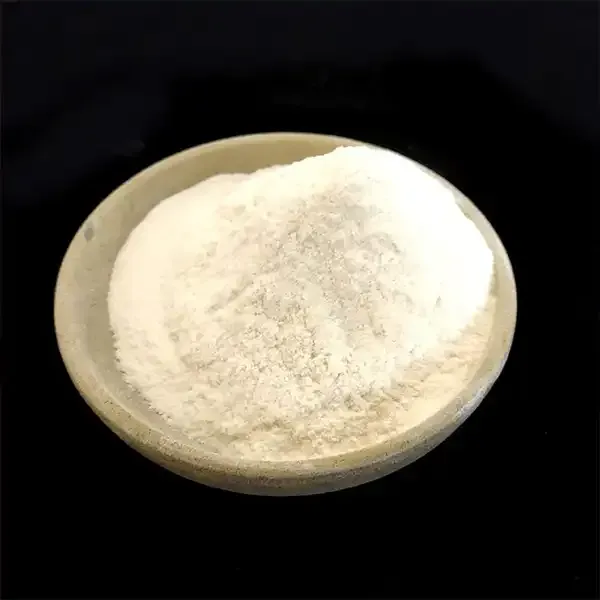The Rise of Additive Manufacturing Transforming Industries
In recent years, additive manufacturing (AM), commonly known as 3D printing, has emerged as a transformative force across various industries. This technology allows for the creation of products by adding material layer by layer, contrasting sharply with traditional subtractive manufacturing processes that involve cutting away material from a solid block. As industries increasingly recognize the potential of additive manufacturing, its applications are growing, leading to innovative designs, reduced waste, and unparalleled customization options.
Understanding Additive Manufacturing
Additive manufacturing encompasses a variety of techniques and materials to build complex components from digital models. Common methods include fused deposition modeling (FDM), selective laser sintering (SLS), and stereolithography (SLA). Each technique has its unique advantages, suited for different applications, whether in prototyping, manufacturing, or even bioprinting.
One of the fundamental advantages of additive manufacturing is its capability for intricate geometries that are often impossible to produce using conventional methods. For example, AM can create lattice structures that minimize weight without sacrificing strength, which is especially advantageous in industries like aerospace and automotive. These industries constantly strive for components that are lightweight yet robust, enhancing fuel efficiency and overall performance.
Applications Across Industries
Additive manufacturing has found its place in numerous sectors, including aerospace, healthcare, automotive, and consumer products. In the aerospace industry, companies like Boeing and Airbus utilize 3D printing to produce lightweight parts, thereby improving fuel efficiency and reducing costs. The ability to print on-demand also allows for significant reductions in inventory and lead times.
In healthcare, additive manufacturing is revolutionizing the production of medical devices and implants. Surgeons can now use patient-specific models created through 3D printing to plan and rehearse complex procedures, leading to better surgical outcomes. Additionally, bioprinting technology is advancing rapidly, with the potential to produce tissues and organs, addressing significant shortages in transplants.
The automotive sector is leveraging additive manufacturing to create custom parts and tooling. Companies such as Ford and BMW are experimenting with additive processes to produce lighter vehicle components, while also reducing material waste and production times. This shift not only enhances manufacturing efficiency but also offers the possibility of personalization, with customers able to select features tailored to their preferences.
additive manufacturer

Sustainability and Cost Efficiency
As concerns over environmental sustainability continue to grow, additive manufacturing presents a more eco-friendly manufacturing alternative. Traditional methods often result in significant material waste, as large blocks of material are machined down into the desired shape. In contrast, AM only uses the material necessary for the product, minimizing waste and potentially reducing energy consumption during production.
Moreover, the reduced lead times and the ability to produce parts on-demand can lead to cost savings. Businesses can avoid overproduction and excess inventory, resulting in leaner operations. The potential for local production through 3D printing also means that companies can respond more flexibly to market demands, reducing the carbon footprint associated with transportation.
Challenges and Future Outlook
Despite its numerous advantages, additive manufacturing faces several challenges that must be addressed for its widespread adoption. Material limitations, regulatory concerns, and the need for robust quality control systems remain significant barriers in some industries. Furthermore, as the technology advances, there is a growing need for skilled workers who understand both the creative and technical aspects of 3D printing.
The future of additive manufacturing looks promising, with ongoing research and development aimed at expanding the materials available and improving printing speeds and resolution. Integration with other technologies, such as artificial intelligence and the Internet of Things (IoT), is also likely to enhance the capabilities of additive manufacturing, enabling smarter production processes.
Conclusion
Additive manufacturing is poised to redefine the landscape of production across various sectors. With its unique ability to create complex, customized parts sustainably and efficiently, it offers a glimpse into the future of manufacturing. As technology continues to evolve and address existing challenges, industries that embrace additive manufacturing will likely gain a significant competitive edge in an increasingly dynamic market. The journey of additive manufacturing has just begun, and its potential will undoubtedly lead to innovative advancements in the years to come.
-
Rdp Powder: Key Considerations for Wholesalers in the Building Materials IndustryNewsJul.08,2025
-
Key Considerations for Wholesalers: Navigating the World of Hpmc - Based ProductsNewsJul.08,2025
-
Hpmc Detergent: Key Considerations for WholesalersNewsJul.08,2025
-
Key Considerations for Wholesalers: China Hpmc For Tile Adhesive, Coating Additives, Concrete Additives, and MoreNewsJul.08,2025
-
Crucial Considerations for Wholesalers: Navigating the World of Construction MaterialsNewsJul.08,2025
-
Key Considerations for Wholesalers Sourcing Additive For Cement, Additive For Concrete, Additive For Putty from Additive Manufacturer Shijiazhuang Gaocheng District Yongfeng Cellulose Co., Ltd.NewsJul.08,2025




